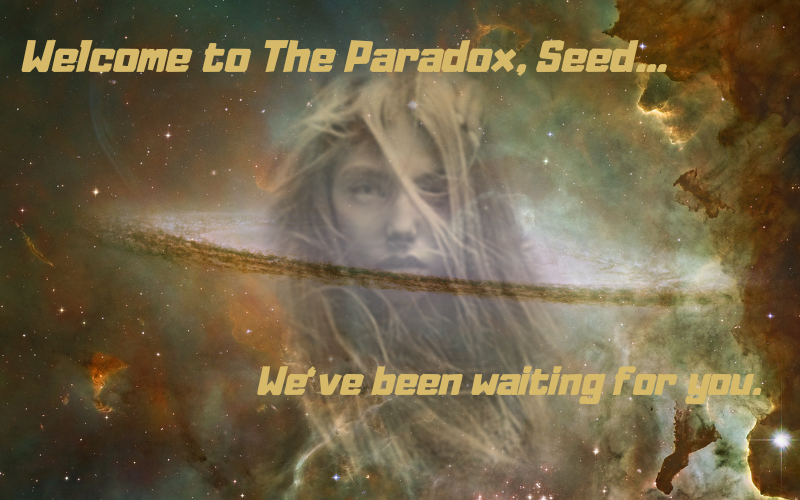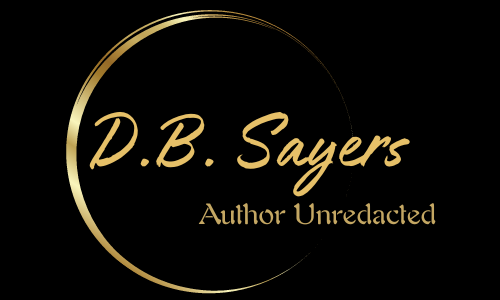Different but Like...

Among the first things most Kurrithäali (Earth) people will notice about the Knolans when they meet one for the first time is how similar they are to us. Yes, there are physical differences—and some of those differences are significant, in that they have affected how Knolans view not only themselves but their relationships with other cultures when they come together. And we’ll get to those differences.
But it’s important for us to start with the similarities. Knolans are bipedal, with startlingly similar morphology, to include four-fingered plus opposing thumb hands, a bi-polar sexual procreative model and remarkably similar emotional and intellectual make-up. Knolans experience their environment in the same way we do, through their five recognized senses, to wit: sight, sound, olfactory, tactile and taste. In many respects, looking into the eyes of a Knolan is like looking into the eyes of a total stranger and seeing yourself looking back at you.
It has long been speculated that given the universe’s vast size and the biodiversity we experience here, on the planet we call Earth, that we might never find another intelligent life form that would look even remotely like us. As the Knolans on their many voyages of discovery can confirm, that’s both correct and incorrect. Yes, there are a lot of life forms out there who are so different from us as to initially challenge us to recognize them as not only sentient but intelligent.
That acknowledged, in the same way that the Universe is composed of many of the same elements to be found here on Earth, the same celestial accidents giving rise to life as we know it here, have repeated themselves countless times elsewhere. The result? What we would call humanoid lifeforms we would immediately recognize as celestial first or second “cousins.” That essential kinship has led the Knolans to seek out other cultures similar enough in form and ideology to be compatible with them and their overarching philosophy, The Way.
The Knolan Variant of Human
What makes Knolans different from us? Physically, Knolans tend to be smaller in stature. The tallest Knolan male will typically stand a shade under six feet or under one hundred seventy centimeters. They also tend to be slenderer. Knolan women are even shorter and like Knolan men, slenderer than we are. As a result of similar environmental factors, the evolutionary adaptations we used to call “race” are to be found among Knolans, as well. That said, pure examples of them are rapidly disappearing, simply because Knolans are attracted to difference.
Nevertheless, there are still some pure examples of the mahogany complected Cirari, and paler Knolans from Allitran and Voltan mountain ranges. Slightly darker and shorter are the Nerasaani and the Khonthians. The brilliant natives of Cernais would go unnoticed in Singapore or Tokyo and the bronzed natives of the Voltan Plain would be virtually indistinguishable from the indigenous from the great American central plains.
What is very different about Knolans in general is that virtually all of them have what they call rawstings. We would call them “freckles.” But unlike our freckles, Knolan rawstings amount to a light dusting across their noses, cheekbones, down both sides of their noses and down their spines. The rawstings (pronounced to rhyme with frosting) are a barometer of emotions whose principal function is to signal attraction. When a Knolan man or woman is highly attracted to another, their rawstings deepen in color if they are light-skinned, or lighten in color if they are darker skinned.
This change is involuntary, along with pronounced dilation of the pupil to the point in cases of extreme sexual arousal that it almost completely obscures the sclera. It is thought by Knolan biologists that this function has persisted and become more pronounced to encourage mating.
Knolan fertility is less reliable than ours and more infrequent. Knolan women are typically fertile only twice a year. Sittríth, or the Knolan lusting used to correspond to spring and fall and was most pronounced among the nomads native to the Voltan plain.
It is speculated that the early Knolans understood this fertility pattern and dovetailed their summer and winter permanent camps to correspond with the seasonal migration of the three-horned Maricus, who were their principal source of food. This theory is less plausible in the case of other, non-migratory Knolan sub-cultures. Moreover, as Knolan society has grown more sophisticated, the timing of fertility has become much more individualized.
What is worth noting is that women in the throes of Sittríth are much more driven sexually and their scent often triggers a corresponding lust in men. As a result, there is no stigma attached to sexuality in Knolan culture. It’s literally considered to be natural as breathing…and as desirable.
Another interesting difference between Knolans and Kurrithäali is that Knolans mature reproductively years after the onset of sexual interest. As a result, Knolans typically have the opportunity to explore their sexuality before taking on the responsibilities of parenting.
A final difference is the capacity many Knolans have for what they call High Language, or mind speech. Many Knolans can communicate telepathically and over incredible distances. Not all are capable of it, in the same way that we tend not to be created equally in terms of physical prowess. All those differences noted, Knolans are more like us than they are different. Which goes a long way to explain their interest in Kurrithäal and Kurrithäali.
D.B. Sayers is the author of the Knolan Cycle, the tale of first contact between the Knolan Concordant and Earth (or Kurrithäal, as the Knolans call it). Tier Zero, Vol. I of the The Knolan Cycle chronicles the first clandestine contact between Knolans and humans. In Tier Zero, Marty Tellus, a half-Knolan, half-human Seed is recruited to be a bridge between the cultures. Mentored in the Tower of Varineya on Knola, Marty becomes Hāthar, an officer in the Knolan Shock Forces. In Eryinath-5, The Dancer Nebula, Vol II of the Knolan Cycle, Hāthar’s journey continues and Knolan recruitment of Kurrithäali Seed steps up. The Zymoran Factor, Vol III of the Knolan Cycle continues the story and is due out next year.

You obviously put a lot of effort in this post…as usual. Regards for all the great content.
Thanks, Lesley.
Great post, cool site. And I’m buying your books!
Thanks Grover…buy away. No complaints from me! Thanks for stopping by and taking the time to read and comment. Make it a great day.
I truly appreciate your technique of writing a blog. I added it to my bookmark site list and will be back.
Thanks.
Nice post. This wasn’t what I was looking for but I still liked reading it.
HI Damien. Glad you enjoyed. That’s what happens when we go spelunking online, yeah? Make it a great day!
Hey there! I’ve been following your website for a long time now and finally got the bravery to go ahead and give you a shout out from New Caney Texas! Just wanted to tell you I loved this post. I’m going to buy both your Knolan series books. keep up the fantastic work!
Thanks, Liana. Thanks for taking the time to read and comment and please…by all means, grab a copy of Tier Zero and Eryinath-5, The Dancer Nebula. I think you’ll enjoy them and there’s a third volume coming out soon, entitled The Zymoran Factor. It continues the story and takes you through the upcoming war between the Knolans, the Valdrosians and & (of course) us…or Kurrithaali, as the Knolans call us. Thanks again for stopping by and taking the time to read and comment. May your Way be smooth.
Interesting thoughts on the potential differences between Earth and alien culture. Do you really think we might be this similar? Just wondering…
Hi Lindsey. You ask a great question. I think there are arguments both ways. When we go spelunking around the galaxy for “habitable” planets, we tend to do so from our own perspective. But as we’ve explored our own planet, we’ve come to realize that life in general can adapt to tolerate environments we as humans evolving on the surface cannot. At the same time, we have humans coexisting on the same biosphere with critters that have evolved to deal with climates we couldn’t. So MAYBE the answer is yes…and.
Thanks so much for your thoughtful question. When I wrote Tier Zero I was less interested in the plausibility and more interested in what it would be like to encounter an alien race so similar to us yet different culturally, as much to hold a mirror up to some of the absurdities about our “Way” without ever really considering whether it makes sense.
Thanks again for taking the time to read and comment. Make it a great day!